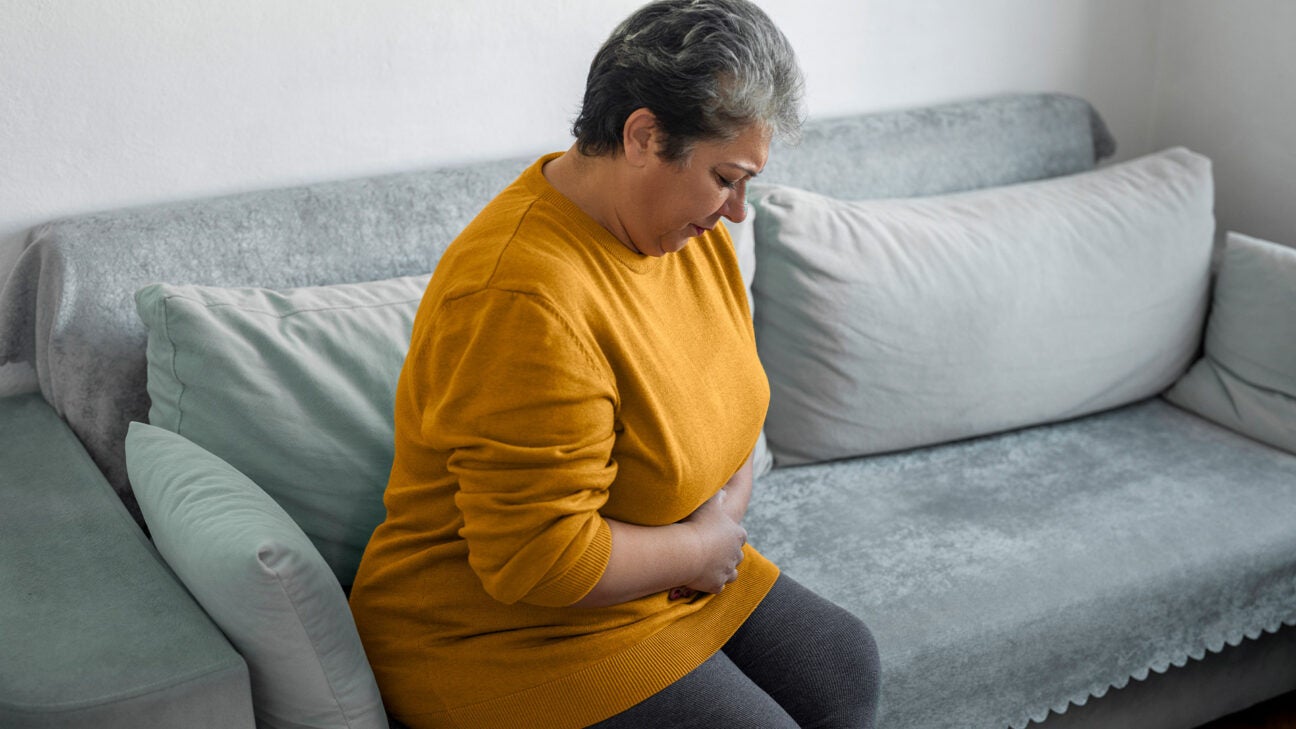
- Medications like Ozempic and Wegovy have made headlines as people have used them to lose weight.
- While losing weight may be one side effect of this diabetes medication, there are a few other effects that people are experiencing – and some that are taking them to the emergency department.
- The most common side effects of Ozempic include nausea, vomiting, diarrhea, stomach pain, and in some situations, constipation.
If you’ve recently been trying to lose weight and have thought about medications, such as Ozempic and Wegovy have likely crossed your mind.
However, while losing weight may be one side effect of this diabetes medication, there are a few other effects that people are experiencing – and some that are taking them to the emergency department.
Recently some news outlets have run headlines with reports claiming that these drugs are sending people to the hospital. A local news outlet in Ohio found that the Cleveland Clinic had a few patients needing to be admitted due to persistent vomiting while on Ozempic and Wegovy.
However, the American College of Emergency Physicians said they currently aren’t tracking any numbers of emergency department visits directly related to these drugs.
Side effects from semaglutide
What is clear is that these drugs are now very popular as a way to lose weight, but they can have serious side effects.
The most common side effects of this medication include nausea, vomiting, diarrhea, stomach pain, and in some situations, constipation.
Both Ozempic and Wegovy are brand names of the drug semaglutide. They are GLP-1 agonist drugs meaning they mimic the hormone glucagon-like peptide 1, which can regulate hunger.
Ozempic was indicated to treat diabetes, while Wegovy is approved as a weight loss treatment in addition to a diabetes treatment by the FDA.
According to official Ozempic disclosures, the medication can cause inflammation of the pancreas or pancreatitis, change in vision, low blood sugar, kidney failure, allergic reactions, and even gallbladder issues.
There have even been reports of the possibility of this medication having a link with thyroid tumors and cancer – specifically, medullary thyroid carcinoma.
“Some people may experience nausea, vomiting, diarrhea, and stomach pain, particularly when they first start the medication or if the dosage is increased,” says Dr. Sahar Takkouche, lead expert in Bariatric and Obesity Medicine and assistant professor in the division of Diabetes, Endocrinology, and Metabolism at the Vanderbilt University Medical Center in Tennessee.
How to avoid side effects
Although not everyone experiences side effects, to help reduce the chance of having them, Takkouche recommends taking the medication slowly.
“To avoid side effects from GLP1s, it’s important to start slow and let your body adjust to the new medication and take it with a small amount of food if it upsets your stomach,” she said.
When to seek medical help for side effects
While this medication is recommended for people with certain conditions, those who use this medication outside of the recommended indications are more likely to experience the side effects.
“If you continue to experience such bothersome gastrointestinal side effects from these medications, and are unable to eat and drink, it’s time for a visit to the emergency department to prevent dehydration and adverse effects on your kidney function,” Dr. Robert Glatter, assistant professor of Emergency Medicine at Lenox Hill Hospital in New York City and Editor at Large for Medscape Emergency Medicine tells Healthline.
Similarly, using too much medication to get a stronger effect or using the medication without a physician’s active care can make the side effects worse.
“Certain individuals, such as those with existing stomach or kidney issues, or older adults, may be more susceptible to these side effects,” Takkouche tells Healthline.
“It’s worth remembering that while GLP-1s can aid in managing diabetes and supporting weight loss, they work best when combined with a healthy diet, regular exercise, and ongoing monitoring of blood sugar levels,” says Takkouche.
Although there are side effects, Takkouche reminds the public that these medications are considered safe.
“It’s important to understand that overall, GLP-1 receptor agonists are considered safe and effective for their approved uses, when taken under the supervision of a healthcare professional. Regular check-ups and discussions with a healthcare provider can ensure that any side effects are caught early and managed appropriately.”
Dr. Rajiv Bahl, MBA, MS, is an emergency medicine physician, board member of the Florida College of Emergency Physicians, and health writer. You can find him at RajivBahlMD.
Can Ozempic Side Effects Send You to The ER?
Source: Pinoy Lang Sakalam



0 (mga) komento:
Mag-post ng isang Komento